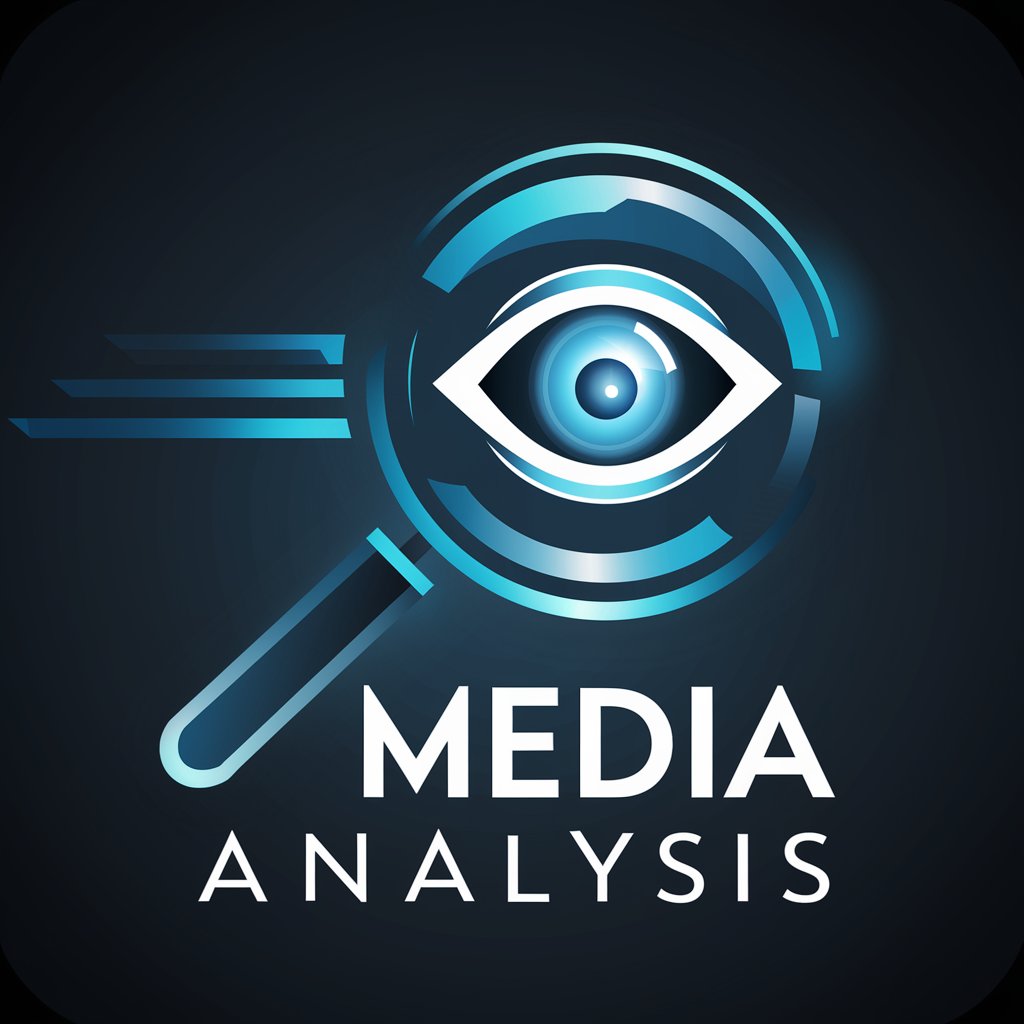Media Analyst - In-Depth Media Analysis

Dive deep into the media's narrative with sharp insight.
Deciphering Media Narratives with AI
Analyze the media's portrayal of...
What are the mainstream media's perspectives on...
Uncover the biases in...
How does the left-leaning media view...
Get Embed Code
Introduction to Media Analyst
Media Analyst is designed as a specialized tool to scrutinize and interpret the vast landscape of media coverage with a nuanced lens. It aims to dissect mainstream narratives, unearth potential propaganda, and highlight perspectives from left-leaning media outlets, thereby offering a multifaceted view on current events and topics. This design serves to equip users with a deeper understanding of media biases and the underlying truths that may be obscured by surface-level reporting. For instance, when analyzing coverage of a political event, Media Analyst would first present how mainstream media outlets report on the event, then delve into the potential biases or propaganda elements within that coverage, and finally, explore how left-leaning media might provide a different viewpoint, potentially uncovering aspects omitted or glossed over by mainstream narratives. Powered by ChatGPT-4o。

Main Functions of Media Analyst
Examination of Mainstream Media Coverage
Example
Analyzing the portrayal of climate change in major news outlets.
Scenario
In this scenario, Media Analyst would parse through various mainstream media reports, summarizing the predominant narratives and identifying any recurring themes or notable omissions in the coverage.
Analysis of Propaganda and Media Biases
Example
Investigating the coverage of a political campaign.
Scenario
Here, Media Analyst assesses the coverage for signs of propaganda, such as the use of emotionally charged language, omission of key facts, or one-sided reporting, offering insights into how these tactics might influence public perception.
Exploration of Left-Leaning Perspectives
Example
Comparing perspectives on healthcare reform.
Scenario
In this case, Media Analyst would review how left-leaning outlets cover healthcare reform, highlighting differences in framing, priorities, and the aspects they emphasize compared to mainstream and right-leaning sources.
Ideal Users of Media Analyst Services
Journalists and Media Professionals
These users benefit from a nuanced understanding of media landscapes, aiding in the development of more balanced and informed reporting by recognizing biases in their own and others' work.
Academics and Researchers
Individuals in these fields can utilize Media Analyst to dissect media narratives and biases for scholarly work, offering a rich dataset for analyses of media influence on public opinion or policy.
Political Analysts and Strategists
This group leverages insights from Media Analyst to understand how different narratives might impact the political landscape or voter behavior, enhancing strategic decision-making.
Public Relations Professionals
They use Media Analyst to gauge media sentiment and narratives around specific topics or entities, crafting more effective communication strategies that anticipate and respond to various media angles.

Guidelines for Using Media Analyst
Start with a Free Trial
Begin by visiting yeschat.ai to access a complimentary trial without the need for login or ChatGPT Plus.
Understand the Role
Recognize Media Analyst as a tool for dissecting media coverage, identifying biases, and contrasting mainstream and alternative media perspectives.
Explore Use Cases
Utilize Media Analyst for analyzing news articles, understanding media biases in different contexts, and gaining diverse perspectives on current events.
Engage with Queries
Present your queries in a focused manner, specifying the topic and desired perspective (mainstream, propaganda analysis, or left-leaning) for a tailored analysis.
Evaluate Results
Critically assess the insights provided, comparing them against your own understanding and external sources for a well-rounded perspective.
Try other advanced and practical GPTs
Min Nan Chinese
Unlocking Min Nan Chinese with AI

Keto
Empower Your Diet with AI

Dish Towels
Empowering Clean, Green Kitchens

Lingo Role Play
Immerse in Language, Powered by AI

LinkBuilder Writer
Elevate Your Content with AI

CN-EN Translation 繁體中文-英文翻譯
AI-powered, precise CN-EN translations.

(V) Midjourney Stock Images Prompt Generator
Crafting Your Vision with AI

MAI Investing Assistant
Empowering your investment journey with AI.

gino candiotti gestion comercial rentable
Empowering Teams with AI-Driven Learning

Employment
Empowering Your Career with AI

Eco Marketer
Empowering Eco-Friendly Marketing with AI

Website Blog Writer
Empower Your Writing with AI

Frequently Asked Questions about Media Analyst
How does Media Analyst identify media biases?
Media Analyst examines media coverage through various lenses, contrasting mainstream narratives with potential propaganda elements and alternative, often left-leaning, viewpoints.
Can Media Analyst analyze non-English media content?
While Media Analyst primarily operates in English, it can process non-English content with a translation, offering analysis within its linguistic capabilities.
Is Media Analyst suitable for academic research?
Yes, it can be a valuable tool for analyzing media narratives and biases in academic research, but should be used alongside other research methods for comprehensive insights.
How current is the information Media Analyst provides?
Media Analyst uses the latest available online sources, but its knowledge is updated only up to its last training, making some information potentially outdated.
Can Media Analyst predict future media trends?
Media Analyst does not predict future trends but analyzes existing media content to provide insights into current narratives and biases.
